Common Types of Chronic Pain – and How to Relieve Them
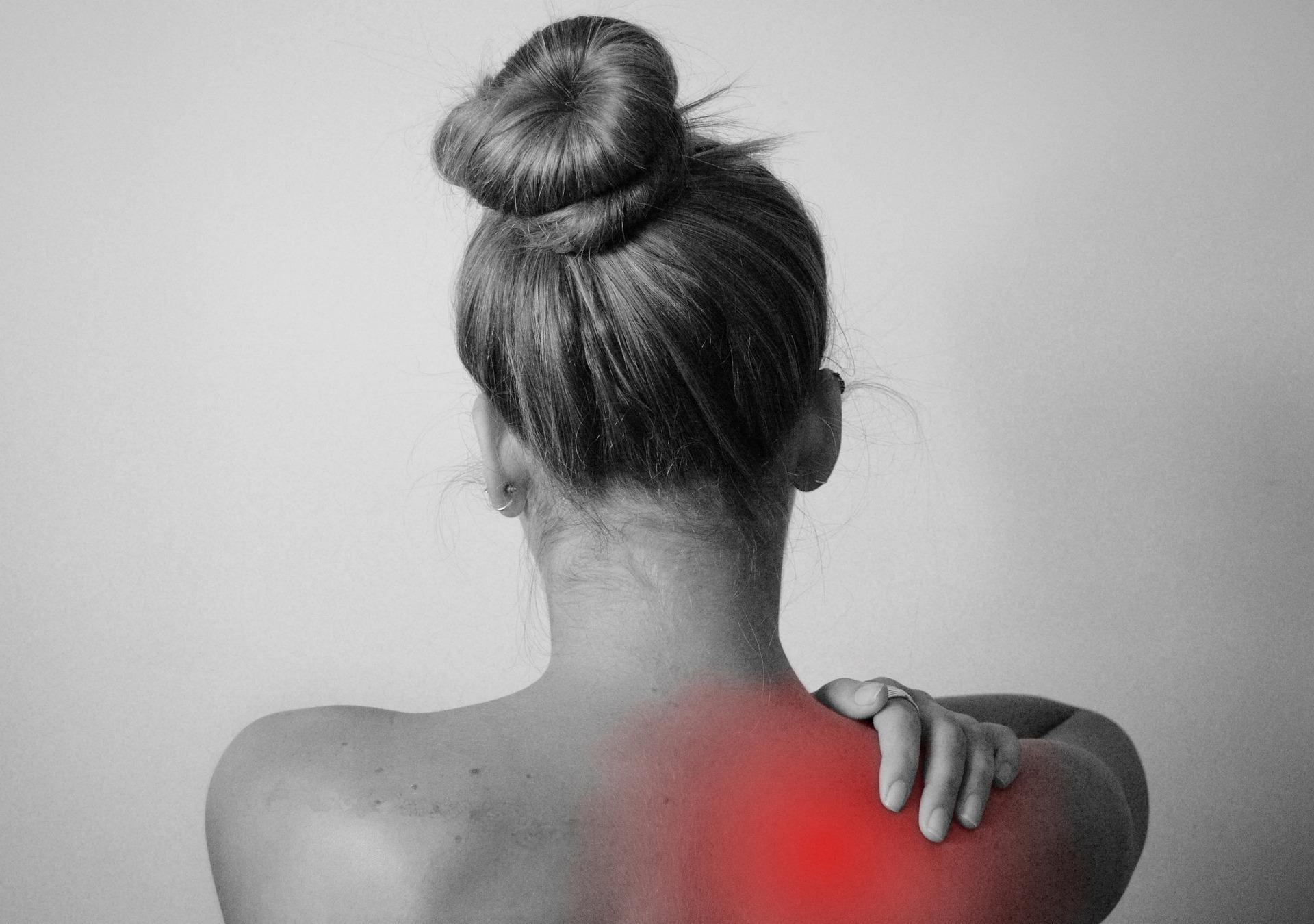
Chronic pain is a persistent – and sometimes disabling – sensation that generally lasts for more than 3 to 6 months. It is a complex condition, with a variety of symptoms and causes that affect each person differently. According to painaustralia, chronic pain:
- can be a symptom of other disease, or it can be a stand-alone condition
- can occur anywhere in the body, or at multiple sites
- can involve several forms of pain, or just one
- can be daily, or recurrent (such as migraine)
Some common forms of chronic pain include back pain, arthritis, headache and migraine, and childhood and adolescent pain.
If you experience low to moderate levels of chronic pain in your daily life, here are some simple remedies to try. In cases of unbearable or prolonged pain, do not attempt self-treatment; instead, you are advised to see a medical practitioner.
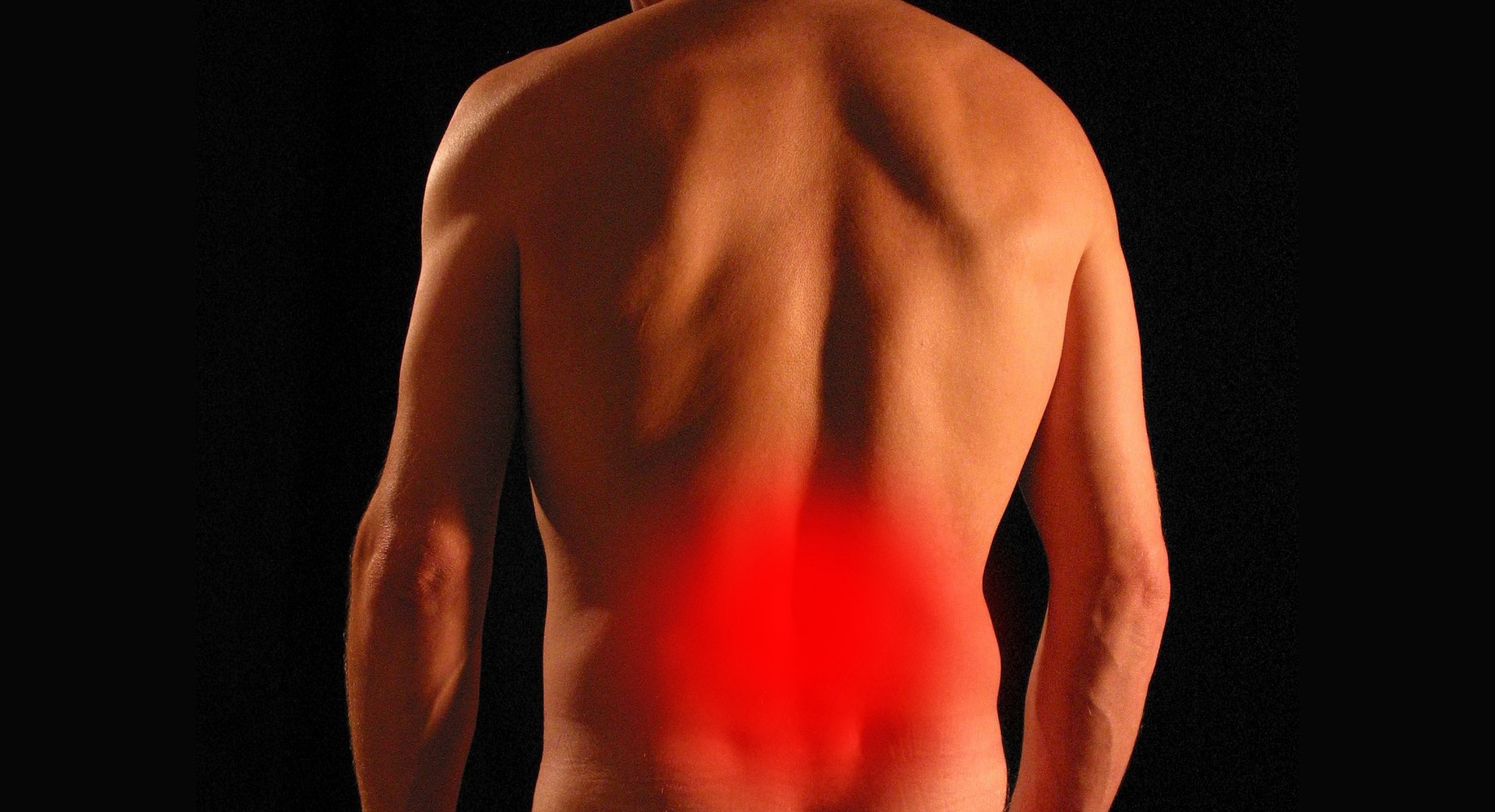
Back Pain
Chronic backache, especially in the lower back, is a leading cause of disability worldwide. Despite how common it is, causes of back pain are often non-specific and difficult to pinpoint. Thankfully, small changes to your lifestyle can result effective back pain relief
Try to…
Exercise daily: focus on strengthening your abdominal core to help support your back
Maintain good posture: to ease up pressure on your back (especially if you work at a desk), do not slouch or hunch
Apply a hot or cold pack: for effective temporary relief, use a hot pack if you want to relax stiff muscles, or a cold pack if your back feels inflamed
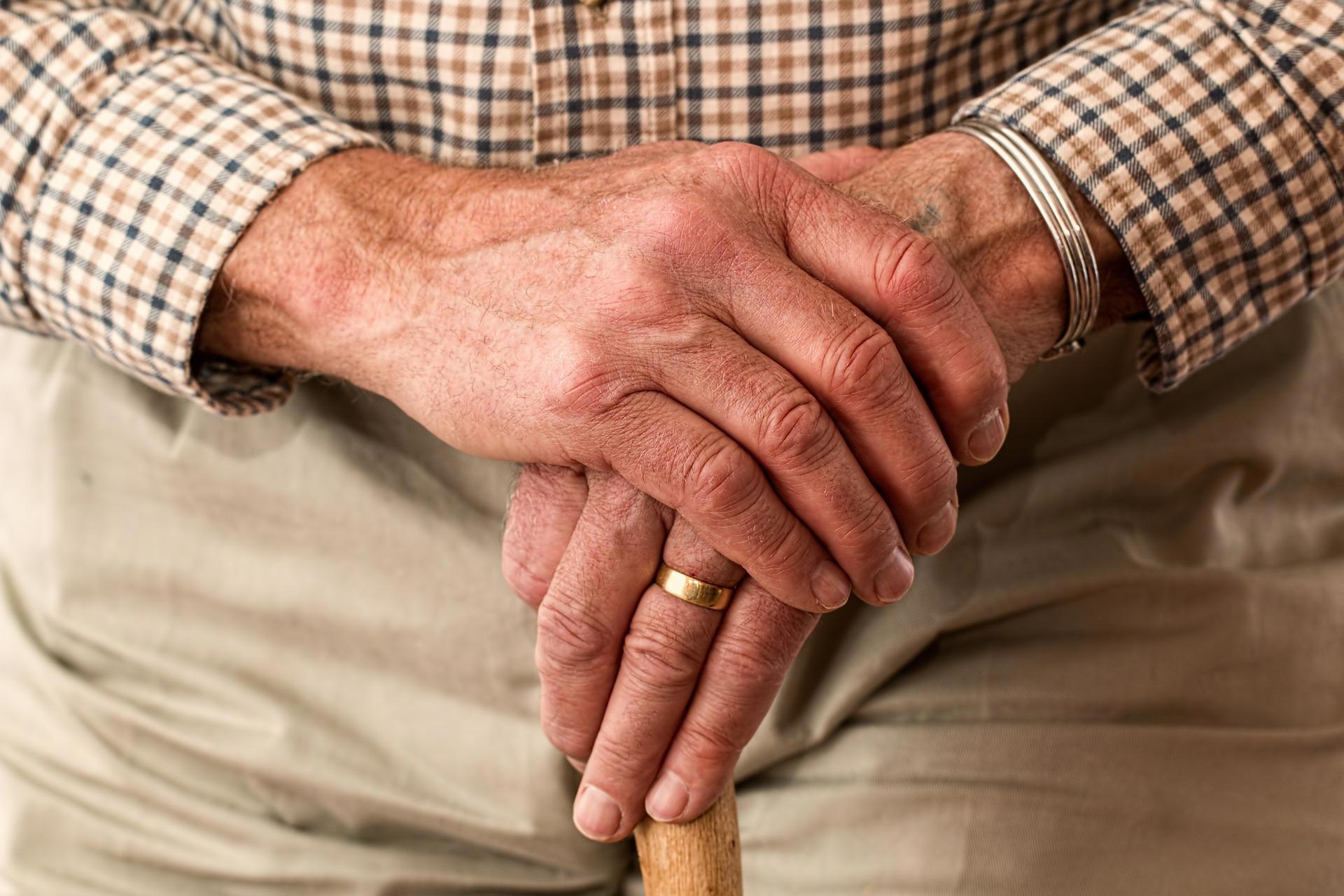
Arthritis
Over 100 medical conditions involving the musculoskeletal system fall under the umbrella term “arthritis”. This type of pain is felt at skeletal joints, and could result in swelling, reduced movement, and general feelings of fatigue. In Australia, arthritis is the second most common cause of forced retirement due to ill health.
Try to…
Manage your weight: weight loss – achieved through exercise and healthy eating – can help reduce pressure on joints (losing one pound removes four pounds of pressure on swollen joints)
Give yoga a go: The Arthritis Foundation recommends this Indian practice as a way to decrease joint pain and stiffness
Keep your joints moving: exercise your joints’ full range of motion by adding gentle stretches to your daily routine – but be sure to avoid high-impact activities that involve repetitive movements, such as running and jumping.
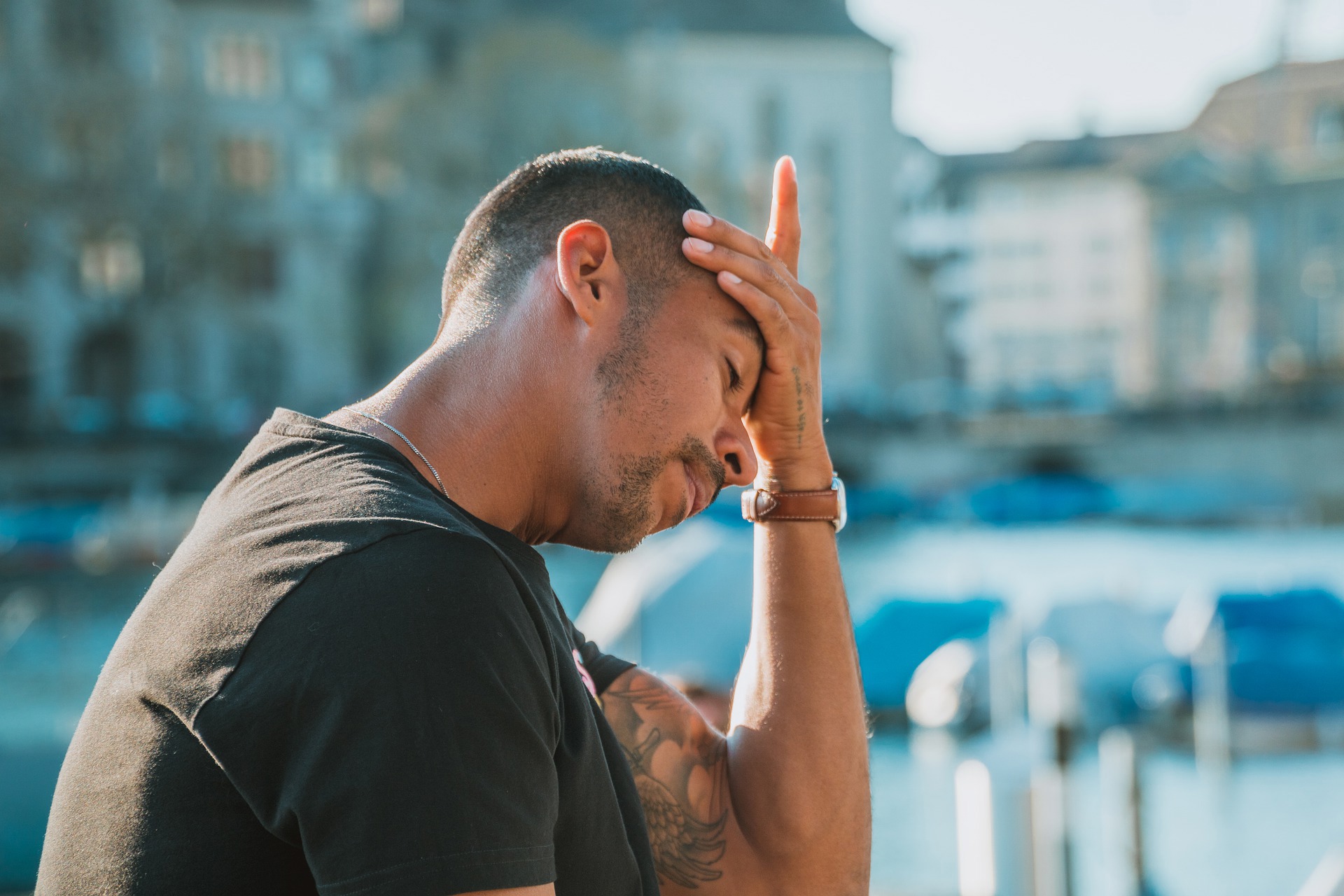
Headache & Migraine
Headache is a form of chronic pain that affects more than half the world’s population. People who experience headaches (particularly migraines), tend to feel nauseous, with increased sensitivity to sound and light. While there are generally no known cures for headaches and migraines, the following methods could help relieve discomfort.
Try to…
Stay hydrated: studies have shown that chronic dehydration commonly leads to headaches and migraines
Apply a hot or cold compress: place a hot compress on your neck or the back of your head, or a cold compress on your forehead to soothe throbbing headaches
Limit alcohol: alcohol has been found to trigger migraines in 1 out of 3 cases of chronic headaches

Childhood and Adolescent Pain
Children and adolescents can sometimes experience pain such as headaches, abdominal pain, and musculoskeletal pain. If you suspect your child is in chronic pain, please seek medical advice as children may have a hard time explaining or identifying their pain.
Try to…
Minimize screen time: children and adolescents tend to sit in one position for long periods of time when watching TV or using their computer/phone. Minimize screen time to reduce continued stress on joints and muscles, which could further aggravate chronic pain
Encourage good posture: help your child develop good posture in fun ways, such as sitting on a fit ball while watching TV
Practise relaxation techniques: psychological interventions have been found to reduce pain in children. Performing breathing exercises, squeezing a stress ball, and listening to music are great ways for kids to relax
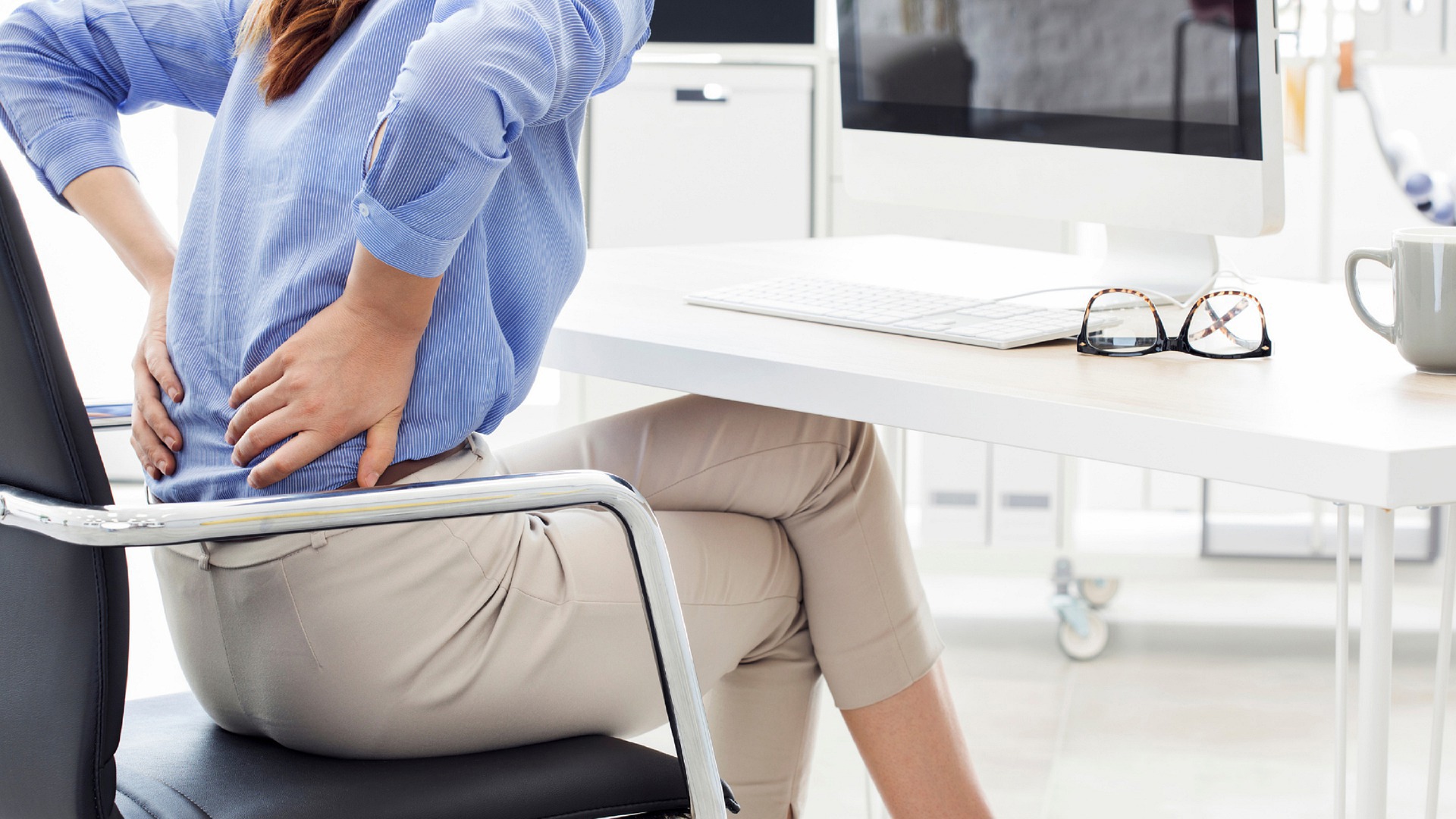
Managing Pain in the Workplace
While the above methods are helpful for relieving pain at home, you may not always have access to hot and cold packs at work – and you certainly won’t be able to break into a yoga routine while on the job!
If you're sifting through your office's first aid kit for pain medications, you're unlikely to find relief there. First aid kits at workplaces should not contain medications, as advised by the First Aid in the Workplace Code of Practice.
Instead, try to…
Take frequent breaks: stand up and take a minute to do some light stretches every hour
Invest in a back support pillow: if you work at a desk, get yourself an ergonomic pillow to provide support for your back
Stock up on instant cold packs: if you don't have access to a freezer at work, these Non-Freeze Instant Cold Packs are perfect for soothing pains. Simply squeeze, shake, and apply!
Are you are from emergency services, volunteer organisations, or organisations that provide medically supervised first aid service? Take a look at our Provide pain management course, which equips you with the skills and knowledge required to administer restricted analgesics to provide pain management.
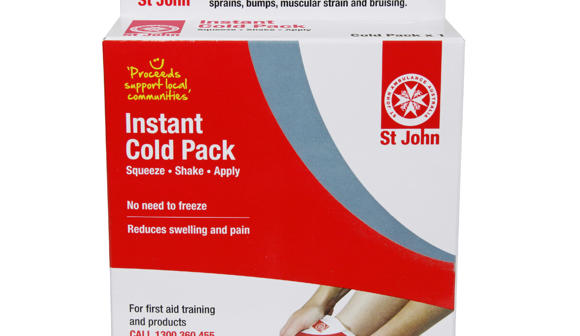
NON-FREEZE INSTANT COLD PACK
Relieves pain and swelling associated with injuries including muscular aches, strains and bruising.
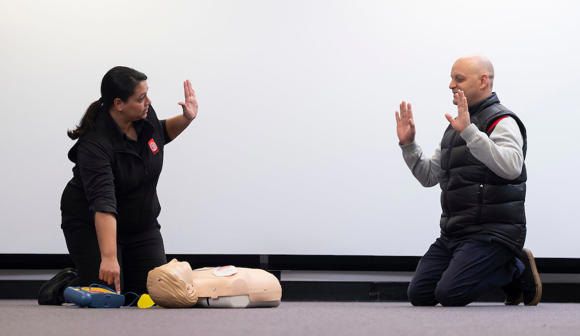
PROVIDE FIRST AID
Suitable for both people in workplaces and members of the public who would like a comprehensive first aid course.
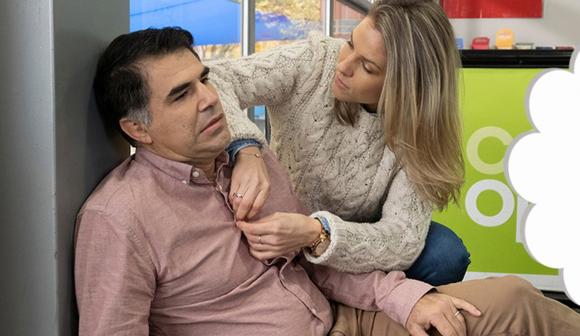
BITESIZE ELEARNING COURSE: CHEST PAIN AND STROKE
Learn about chest pain and stroke, signs, symptoms and how to effectively provide emergency first aid to a casualty suffering from them in this interactive online course.
